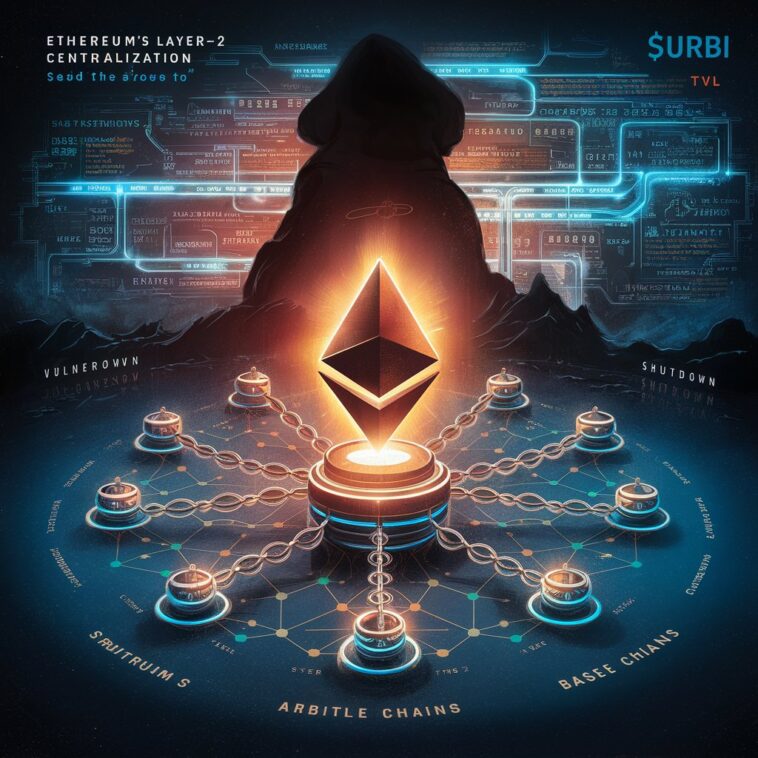Ethereum’s layer-2 (L2) platforms are booming, handling 97% of the network’s transactions. But there’s a catch: they’re mostly centralized. According to Metis co-founder Elena Sinelnikova, most L2s rely on a single sequencer, meaning one point of control—and one point of failure. This makes the system vulnerable to shutdowns and censorship.
Fixing the Problem: Decentralize or Connect?
Sinelnikova thinks the answer is simple: decentralize the sequencers. While the Ethereum Foundation suggests connecting L2s to work better together, she argues decentralization would solve the issue faster and more effectively.
Ethereum’s Big Plans for the Future
Ethereum isn’t slowing down. In October 2024, co-founder Vitalik Buterin announced “The Surge,” a push to make the network handle 100,000 transactions per second by improving how Ethereum’s base layer works with its L2s.
The impact is already visible. Daily transactions on L2s tripled between March and November 2024, driving up Ethereum fees and revenue. By December, L2 platforms held over $60 billion in total value, with Arbitrum One and Base leading at $21.5 billion and $14.2 billion.




